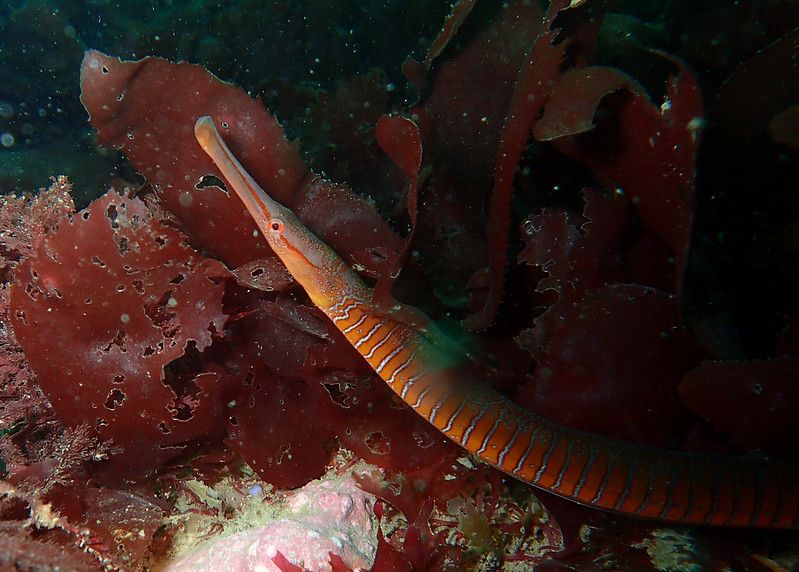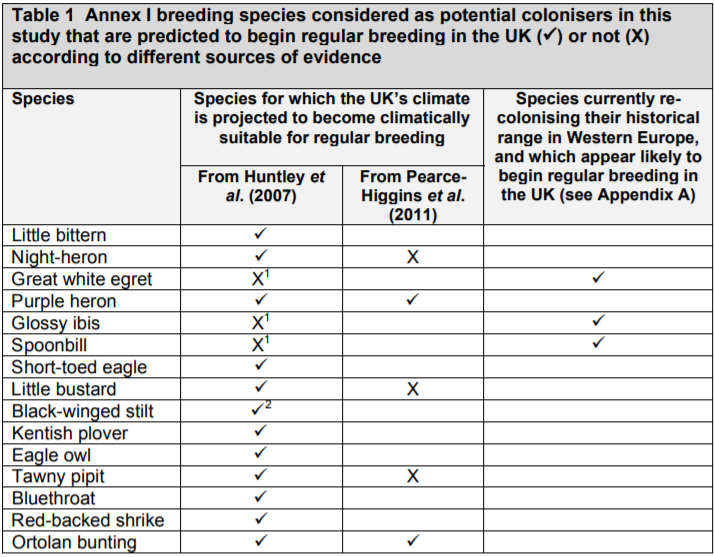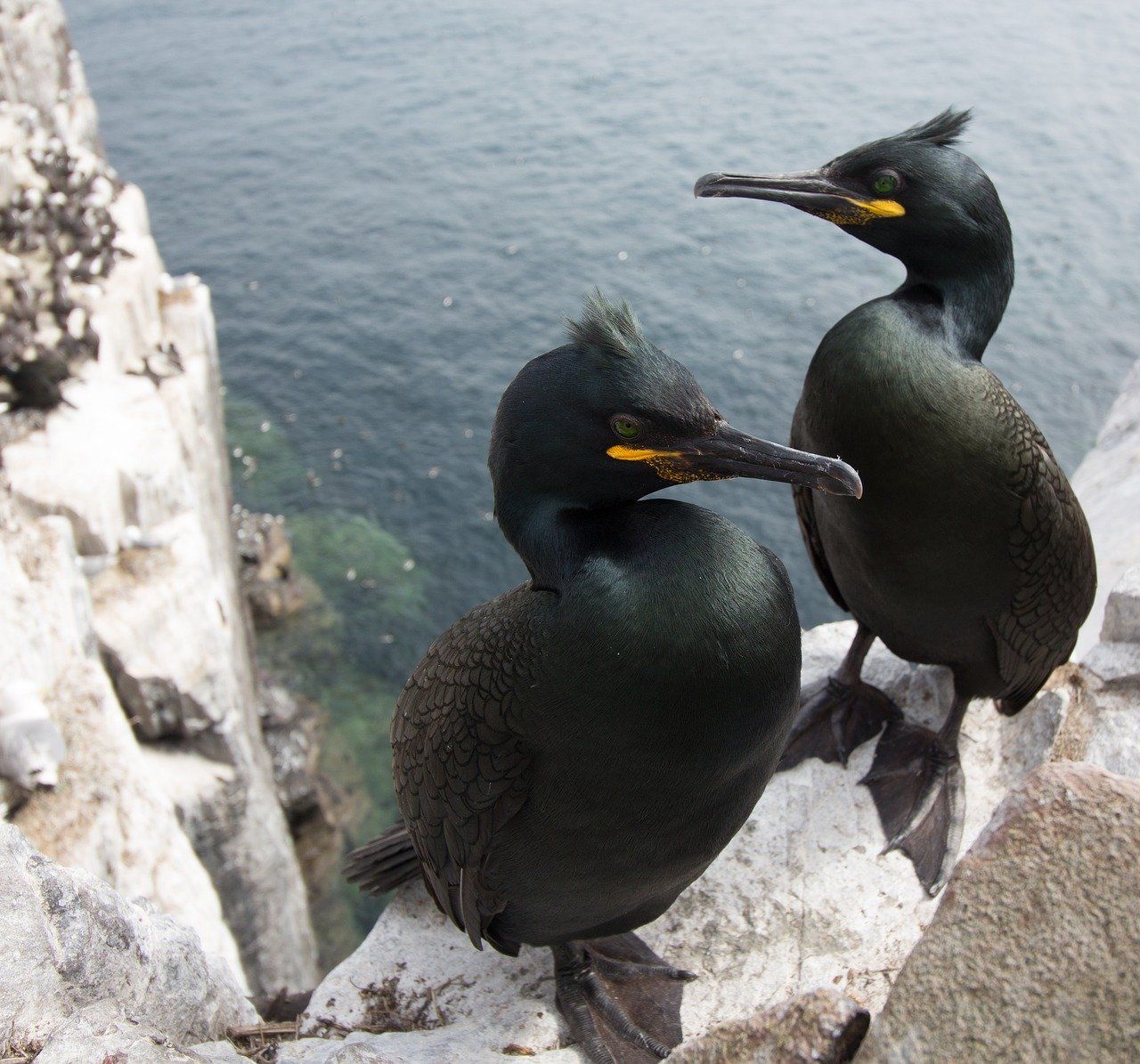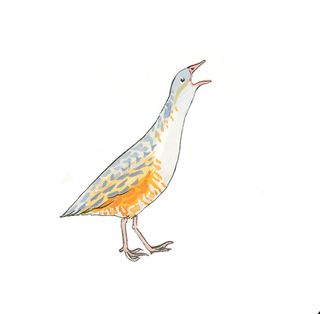
How is climate change affecting British wildlife?
Rising temperatures are already affecting what species live and thrive in the wild.
This week’s article is by Em Witcutt, a writer and conservationist living in Northumberland.
I once saw a dead kittiwake chick with a pipefish protruding from its beak.
It was seven years ago, and I was working on the Farne Islands off the coast of Northumberland. The cause of death was choking. The thin bony fish, resembling an unfurled seahorse, had become stuck in its gullet. But the chick was also, indirectly, a victim of climate change.
Scientists observed that pipefish were appearing in the diets of British seabirds almost 20 years ago, concurring with a sudden increase in pipefish numbers in the North Sea. This addition, the scientists believed, was compensating for a simultaneous decline in the seabirds’ favoured prey: sand eels.
Sand eels comprise almost 90 percent of the kittiwake’s diet in the northern colonies. These fish, in turn, are sustained by plankton, which are also declining as the ocean warms. So the impacts of climate change have ricocheted up the food chain, and kittiwakes are having to make do with the pipefish that are available.
But it’s an abysmal alternative. Not only does it stick in the throats of the chicks, it is also less nutritious than sand eels. The shift in diet has landed the once-abundant species in trouble. “The Kittiwake population in Britain and Ireland is now declining at an alarming rate,” concluded a recent study.

The death of that kittiwake is one of the most upsetting scenes I have witnessed during my time working with seabird colonies. But it also highlights an even more upsetting truth: that British wildlife is already feeling the impacts of global climate change.
To date, global average temperatures have risen by more than 1°C since pre-industrial times, although that is spread unevenly across the globe, with some regions warming faster than others.
That may not sound like much, but for animals that are acutely adapted to their particular environment, this increase in temperature can make all the difference. It affects where they can live, breed and thrive.
Not all of these impacts are necessarily negative. For instance, as the climate of the UK increasingly resembles that of Southern Europe, there has been an influx of bird species arriving from the continent. Purple herons, great white egrets and cattle egrets have all bred in the UK for the first time; many more species are expected to become regular breeders as the UK warms even further.

Indeed, there is an active debate about whether plants and animals that relocate because of climate change should be considered invasive. Some people even argue that humans should help this process along; the Forestry Commission has a “climate matching” tool that allows foresters to choose species that will grow successfully in England’s future climate.
However, the impacts of climate change are more clearly a problem when species attempt to migrate into cooler climates – northwards, higher, deeper – only to discover that there is nowhere left for them to go.
This has been the case with white-beaked dolphins. This predator used to be common in the cold waters off Northern Scotland, but rising sea temperatures have driven it even further northwards. Yet the deep, cool expanses of the North Atlantic offer little refuge for this species; it prefers shallow water less than 200 metres deep.
Sea level rise is also a problem, and its impacts upon the coastline have been exacerbated by more extreme and frequent storms. This is an issue for the UK’s breeding birds – nests will flood, eggs will be chilled, and birds put at risk of hypothermia.
It will be particularly hard on shags. Despite spending much of their time at sea, shag plumage is not fully waterproof, making the species vulnerable to rough winter weather. With more storms, scientists are expecting an increase in the regularity of “shag wrecks” – morbid events where hundreds of dead birds are found dead along the UK coastline. Between 2013 and 2014, during one such event, over 650 corpses were found between Orkney and Suffolk.

Rising sea levels have also increased the potential for human conflict with wildlife. Hard development along the British coastline has limited the scope for sandy beaches to shift naturally inland. Instead, gradual erosion by the encroaching ocean means that these ecosystems will be squeezed into an increasingly narrow strip of land. Humans and birds will be forced to share a shrinking habitat: something that rarely ends well for the birds.
Ringed plovers, for instance, are already vulnerable to disturbance and the accidental trampling of nests; climate change means they could end up with even less space. A 2007 study estimated that, if human numbers were to double, ringed plover populations would decrease by 23 percent.
Habitat loss, farming and development often carry the blame for the UK’s increasingly impoverished wildlife, and climate change can seem like a distant phenomenon. But the impacts are already happening in diverse and unpredictable ways. The world is changing, and conservationists will have to be fleet of foot to keep pace.
Image credits: Sophie Yeo, Richie Rocket, Defra (chart), Jonathan Cannon
Subscribe to our newsletter
Members receive our premium weekly digest of nature news from across Britain.
Comments
Sign in or become a Inkcap Journal member to join the conversation.
Just enter your email below to get a log in link.








